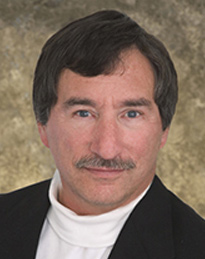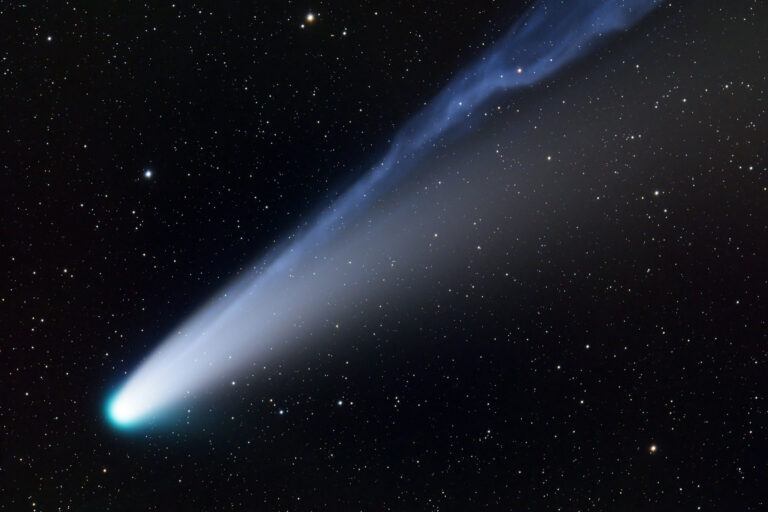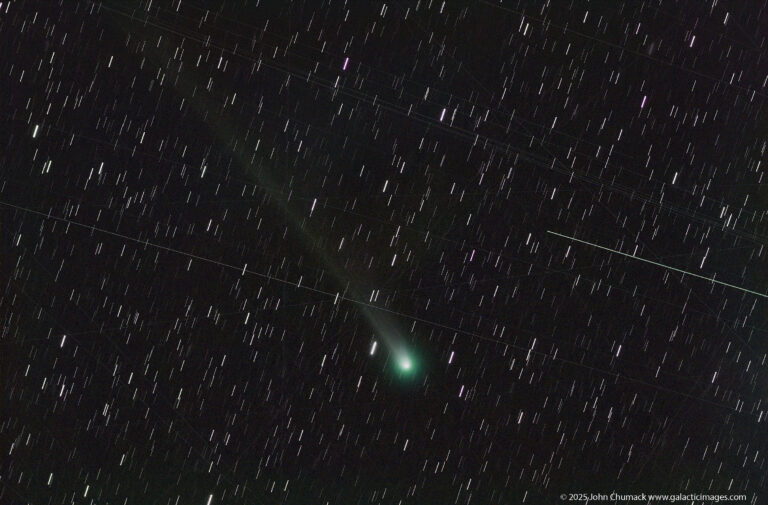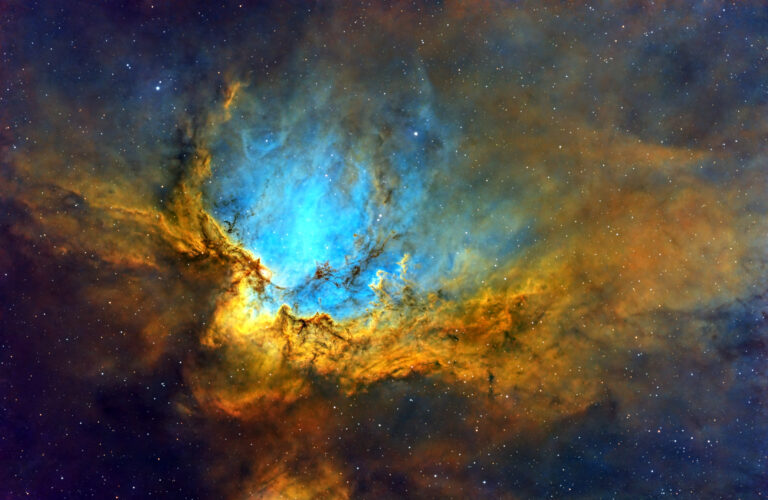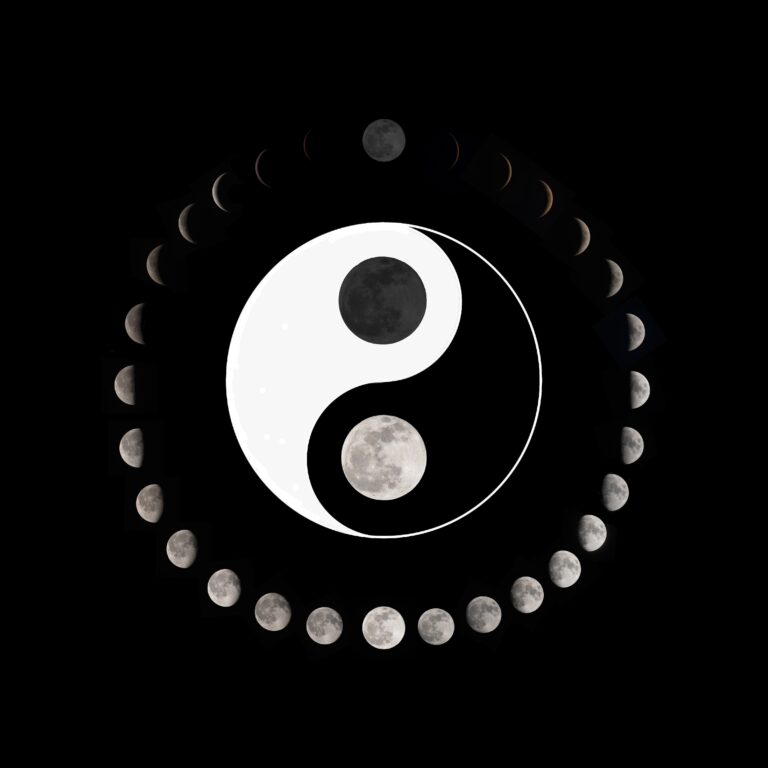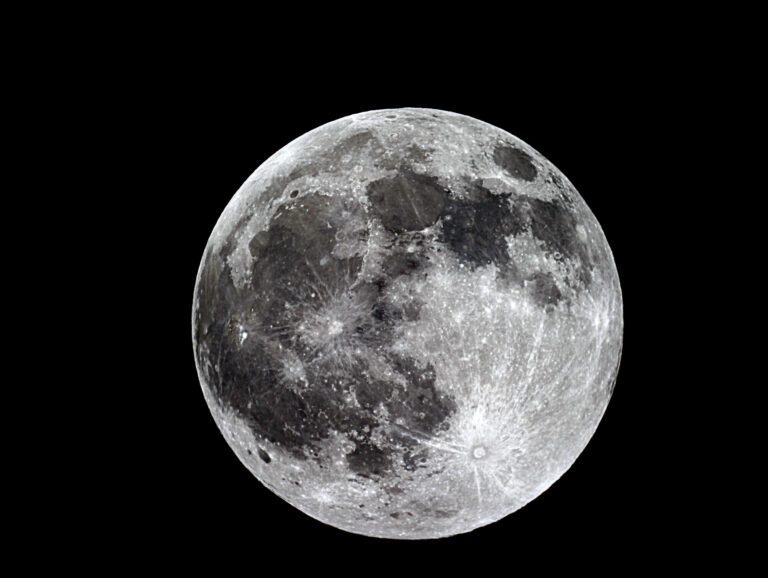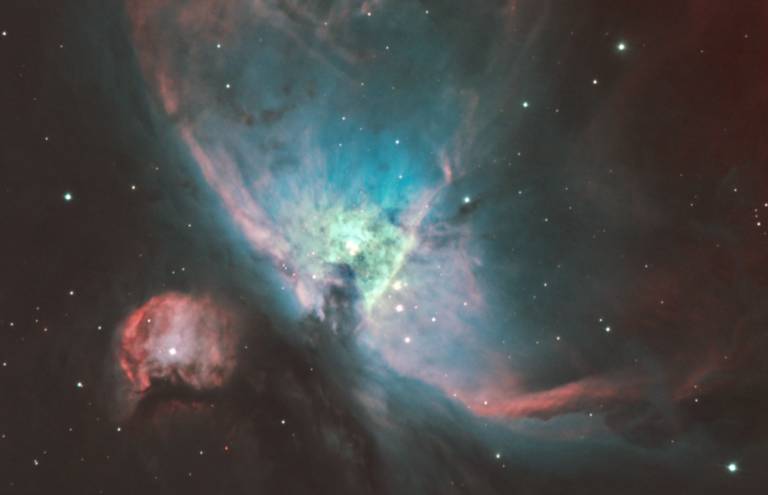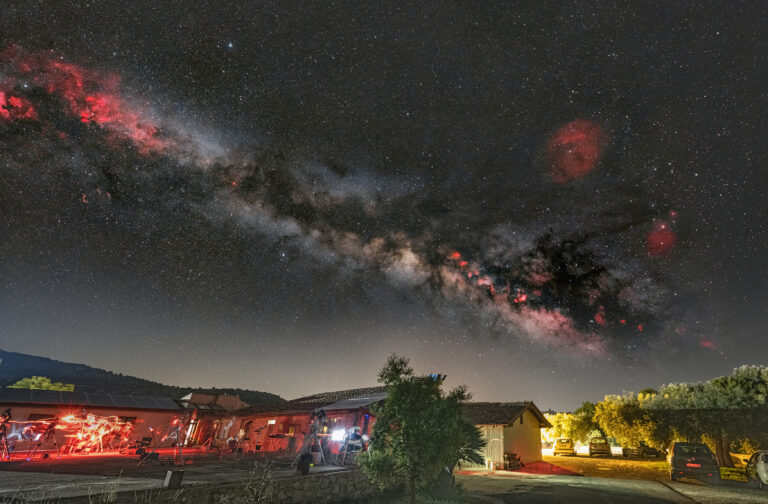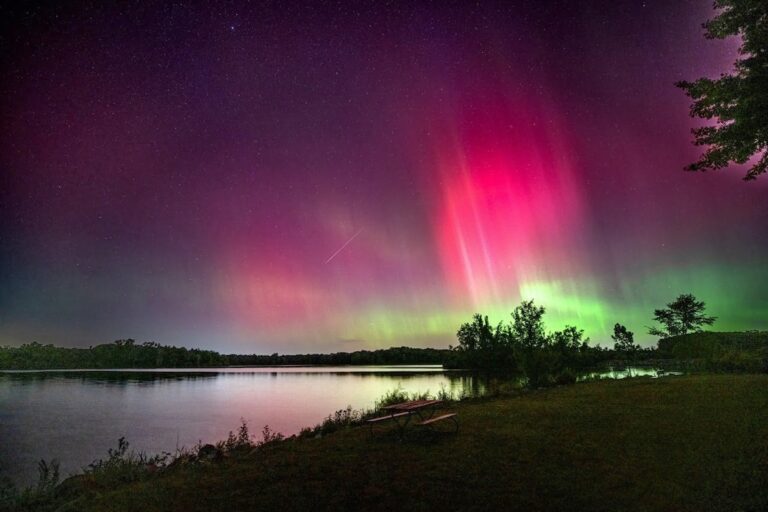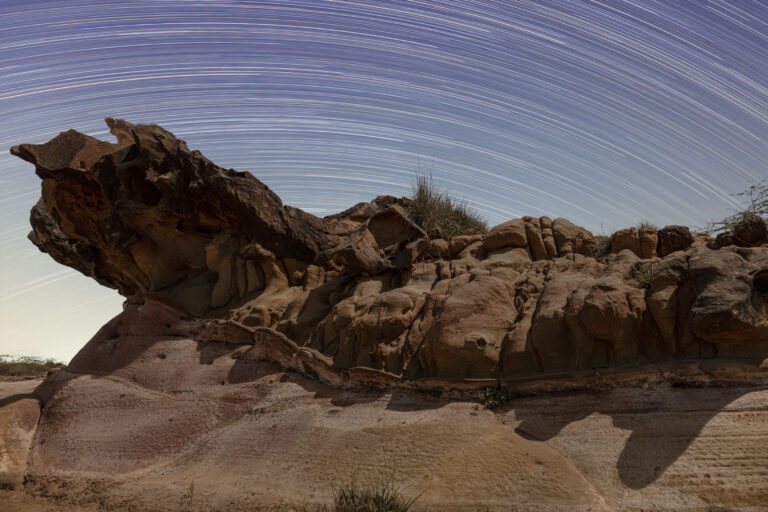Key Takeaways:
- Deconvolution is an image processing method in astrophotography designed to reverse blurring effects, such as those caused by atmospheric conditions and optical imperfections, by mathematically estimating and removing the convolved blurring component.
- The technique relies on modeling the blurring effect as a Point-Spread Function (PSF), typically estimated from unsaturated stars within the image, with a high signal-to-noise ratio being critical for effective performance and artifact mitigation.
- Application involves iteratively processing the image, often through a "blind deconvolution" approach where the user estimates the PSF and adjusts the number of processing repetitions to achieve optimal sharpening.
- Excessive deconvolution can introduce undesirable artifacts, including dark halos around stars and background granulation, which are mitigated by maintaining a high signal-to-noise ratio and employing software-integrated noise filters.
The one drawback to this procedure was the background of your image: More often than not, it “curdled” and ended up looking like cottage cheese. In this article, I’ll explain what deconvolution is, and in next month’s column I’ll show you how to actually use it.
In a perfect world, any celestial object we record would be as sharp as the telescope would allow. We know this almost never happens, so astroimagers often represent this with the equation RS = PS × BE, where RS represents the recorded signal, PS is the perfect signal (by which I mean a totally sharp star), and BE is the blurring effect caused by a combination of bad seeing (a measure of atmospheric steadiness) and bad optics.
So, an outside factor has convolved (rolled together) the perfect signal to create a blurred image. If we can estimate and model this factor, we can mathematically deconvolve the blurring and recover most of our sharp image.
To initiate deconvolution, we need to estimate the amount of blur, or what imagers refer to as the point-spread function (PSF). They define this as the response of an imaging system to a point source of light (a star).
Our imaging system includes all elements that affect a point source. Examples are the seeing, the collimation (alignment of the optics), the cleanliness of the optics, internal thermal effects, focus, and more.
We can estimate the PSF by sampling unsaturated stars in our image. It’s important to note that in this step we are only making an educated guess at the value of the PSF, or making a “blind deconvolution.” Knowing this, trying different PSFs based on our original estimate can be beneficial to finding the optimum setting.
To address the curdling artifact, high-end software routines include a noise filter. That way, the user can adjust the amount of filtration in relation to the noise level of the image.
Deconvolution software is multi-iterative, meaning that the user specifies how many times the program processes the image. Besides all the other settings we will examine next month, finding how many applications of the deconvolution routine the image can sustain before artifacts appear is critical to the best outcome.
Needless to say, the math involved is complicated (if you are curious, look up deconvolution on the Internet). Fortunately on our end, all we need to know is how to use the various settings, and this we will investigate in July’s column.

